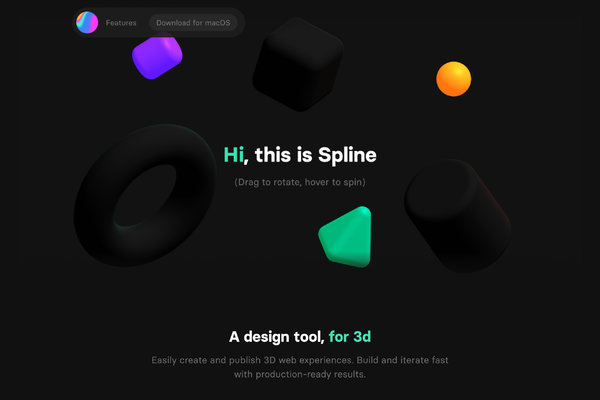Introduction to Motion Graphics and Data Visualization
Motion Graphics and Data Visualization are powerful tools that combine creativity and information to deliver engaging visual content. In today’s digital age, these two fields have become essential in conveying complex data and ideas in a visually appealing manner. Motion Graphics involves the use of animation, typography, and graphics to create visually compelling narratives, while Data Visualization focuses on representing data in a clear and understandable way.
The Impact of Motion Graphics
Motion Graphics play a crucial role in various industries, including advertising, film, and digital media. By incorporating movement and design elements, Motion Graphics capture the audience’s attention and convey messages effectively. This dynamic form of communication enhances storytelling and helps in creating memorable visual experiences.
The Importance of Data Visualization
Data Visualization is essential for interpreting large datasets and making data-driven decisions. Through charts, graphs, and interactive visuals, complex information is simplified and presented in a format that is easy to comprehend. Data Visualization aids in identifying patterns, trends, and correlations within data, enabling better insights and analysis.
Combining Motion Graphics with Data Visualization
When Motion Graphics and Data Visualization are combined, they create a powerful synergy that brings data to life. By animating data-driven graphics, complex information is made more engaging and accessible to a wider audience. This combination adds a layer of storytelling to data analysis, making it more impactful and memorable.
Applications in the Digital World
In the digital world, Motion Graphics and Data Visualization are widely used in websites, social media, presentations, and educational materials. These visual tools help in explaining concepts, showcasing products, and simplifying intricate data for better understanding. Their versatility and visual appeal make them invaluable assets in the digital landscape.
Future Trends and Innovations
As technology advances, the possibilities for Motion Graphics and Data Visualization continue to expand. Virtual reality, augmented reality, and interactive graphics are shaping the future of visual communication. The integration of AI and machine learning is also revolutionizing how data is visualized and presented, opening new avenues for creativity and innovation in these fields.









